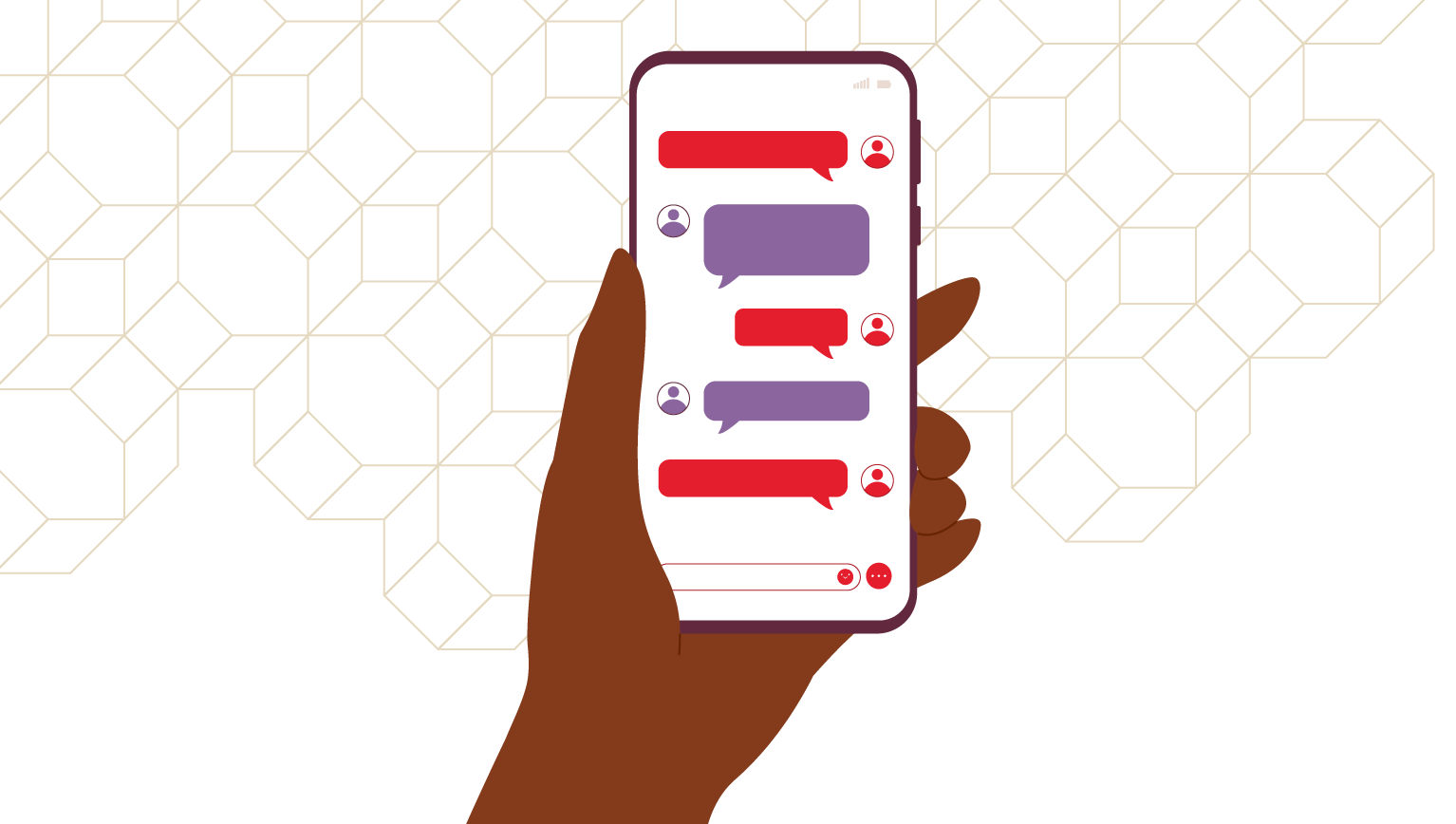A holistic approach to wellness
What’s the key to recruiting and retaining workers during the current war for talent? Higher pay? Fully remote work? In an extremely competitive environment, make sure that you’ve considered all of the levers of employee well-being and strategies to increase engagement, retention and morale.

Talent Trends
Chief human resource officers report that only 19% of their organizations were prepared to bridge the gap resulting from a talent shortage.
6 in 10 employees say well-being support will be a top priority when applying for new jobs.
Voluntary turnover among U.S. employees likely to jump nearly 20% this year from pre-pandemic annual quitting in 2022 (average of 31.9 million employees to 37.4 million employees).
12 questions to get started
Next steps
If any of these questions prompted you to ask more questions, we should talk. Exploratory conversations help our teams identify opportunities for companies to work toward a holistic wellness strategy in support of your talent recruiting and retention needs.

Learn more
Our Institutional Wealth group offers a broad array of financial solutions to meet the unique needs of institutional organizations such as corporations, foundations, endowments, nonprofits, governmental entities, Native American tribes, health care entities and universities. BOK Financial was ranked a Top Five Provider in the country for its Retirement Plan Services excellence in PLANSPONSOR magazine’s 2023 Defined Contribution Survey.